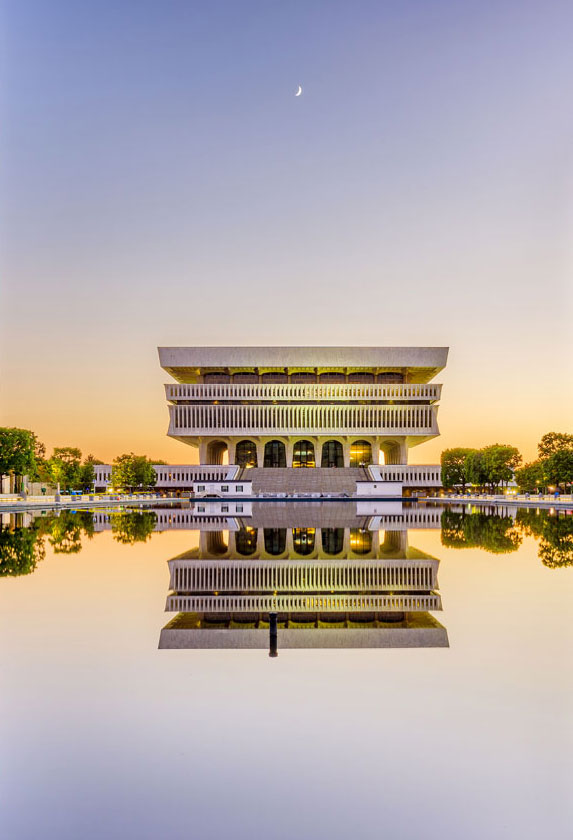Many people often assume a state’s most populous or well-known city is also the capital. But other times, capital cities are smaller and lesser-known. Despite that fact, these cities are no less steeped in history and have plenty to offer visitors. Can you correctly name the capital of Missouri? How about Washington? Discover eight of the most commonly confused U.S. state capitals that everyone seems to get wrong.
Springfield, Illinois
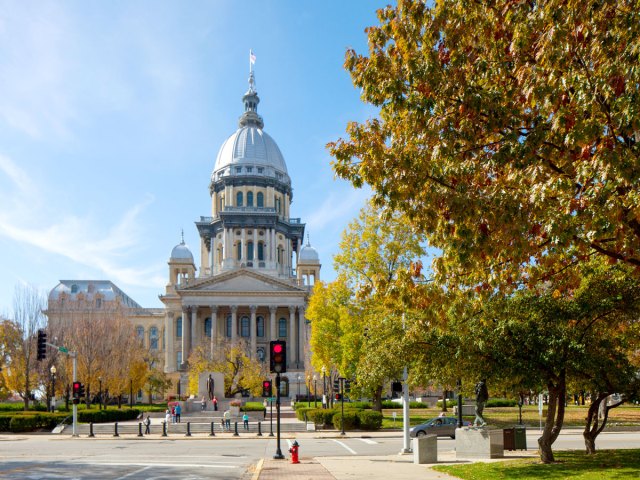
When you think of the capital city of Illinois, it’s likely that Chicago first comes to mind. After all, not only is the Windy City the cultural hub of the state, but it’s also the third-largest city in the country. But the Illinois State Capitol is located three hours south in Springfield. In addition to being the capital, Springfield is famous as the former home of President Abraham Lincoln. In 1834, Lincoln was responsible for moving the capital from Vandalia to Springfield, and he resided there for 10 years before moving to Washington, D.C. Today, many of Springfield’s most famous sites are associated with the 16th President, including the Abraham Lincoln Presidential Library and Museum and the Lincoln Home National Historic Site.
Harrisburg, Pennsylvania

Philadelphia is so embedded in U.S. history that many people assume the city is Pennsylvania’s state capital, too. Philadelphia actually served as the U.S. capital between 1790 and 1800 (before Washington, D.C.), so it only made sense for the state legislature to convene there as well. But by 1799, the State Assembly decided Philadelphia was growing too fast, so it moved west to Lancaster. In 1812, the capital moved again when the state used land donated by John Harris, Jr. to build two state office buildings. Located on the Susquehanna River, the area was named Harrisburg for its benefactor, and it remains the state capital of Pennsylvania today. Visitors to the capital city can enjoy its many historical and cultural offerings, including the State Museum of Pennsylvania and the Whitaker Center for Science and the Arts.
Olympia, Washington
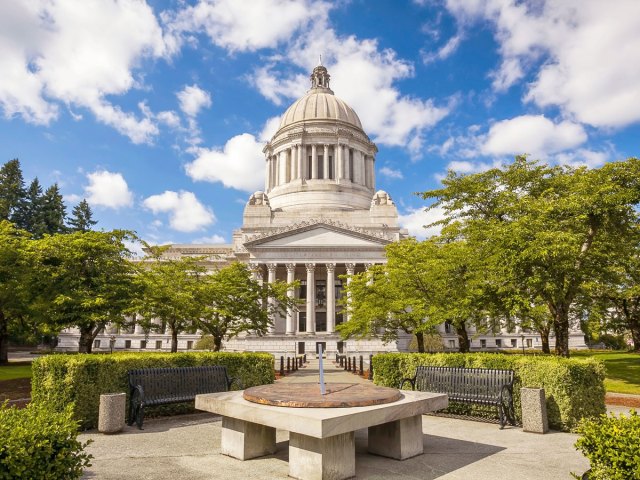
Famous as the home of the Space Needle and Pike Place Market, Seattle is a vibrant city that is often confused for the Washington state capital. However, the Capitol can be found about 60 miles south on the Puget Sound, in the city of Olympia. When Washington was still a territory, Olympia was a busy trading hub and the largest settlement in the area. As such, it was named the capital and remains so to this day. All official buildings, like the Legislative Building, the Governor’s Mansion, and the Temple of Justice, are housed on the State Capitol Campus, a sprawling official complex that also contains many monuments and works of public art.
Jefferson City, Missouri
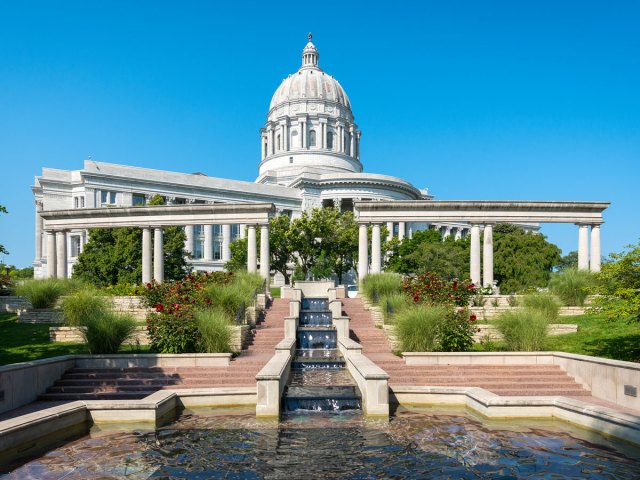
Home of the Gateway Arch, the Cardinals, and the World’s Fair, St. Louis is Missouri’s most prominent city, which means it’s often mistaken for the capital. However, the capital of Missouri is located 126 miles west of St. Louis in the center of the state. Jefferson City was originally named Missouriopolis, but the name was changed in 1825 to honor former President Thomas Jefferson. Today, “Jeff City” is best known for its State Capitol building, which houses two legislative bodies and the State Museum. Visitors to the city can also take tours of the Governor’s Mansion, which has been the official residence of Missouri state governors for almost 150 years and houses gold-leaf furniture from the 1904 World’s Fair.
Albany, New York
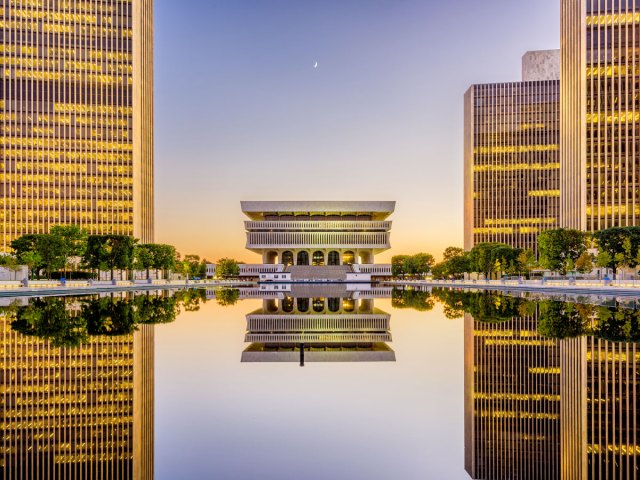
It’s hard to overstate the cultural importance of New York City — for the state of New York, the country, and even the world — which is why it’s somewhat surprising that it’s not also the state capital. Rather, that distinction goes to Albany in upstate New York, which has been the capital since 1797. Chosen for its prime location on the Hudson River, Albany was an industrious center for trade at the turn of the 19th century. As the capital of New York for over 200 years, it’s filled with many historical sites, including the Schuyler Mansion, the home of Philip Schuyler, who was Alexander Hamilton’s father-in-law. Albany also houses New York’s oldest museum, the Albany Institute of History & Art, which is renowned for its collections of art and historical objects from the Upper Hudson Valley.
Sacramento, California

California’s capital isn’t located in the state’s largest city, Los Angeles, nor in the tech hub of San Francisco — although these two cities are likely to be your first guesses. Instead, the State Capitol is in Sacramento, a city that played a crucial role in the history and development of the state. It was the first California city to be incorporated and the center of the Gold Rush beginning in 1848. At the time, officials believed that Sacramento was the safest option for the state capital — since the landlocked city wasn’t located on the ocean, there was a lesser threat of invasion. As a major player in California’s development, Sacramento is filled with many historical sites and museums, like the California State Railroad Museum and Sutter’s Fort.
Salem, Oregon

As Oregon’s largest city, Portland is home to its fair share of beer drinkers, coffee lovers, and hipsters — but it doesn’t house the state legislature. That honor belongs to Salem, a city of about 170,000 people located on the Willamette River. Before it was named territorial capital of Oregon in 1851, it was called Chemeketa by the Kalapuya people, which translates to “place of rest.” For a short time, the capital was relocated to Corvallis, but after an 1864 popular vote, it moved back to Salem. In addition to the State Capitol, popular attractions in Salem include the Riverfront Carousel, Minto-Brown Island Park, and the Deepwood Museum and Gardens, a historic estate open to the public.
Lansing, Michigan
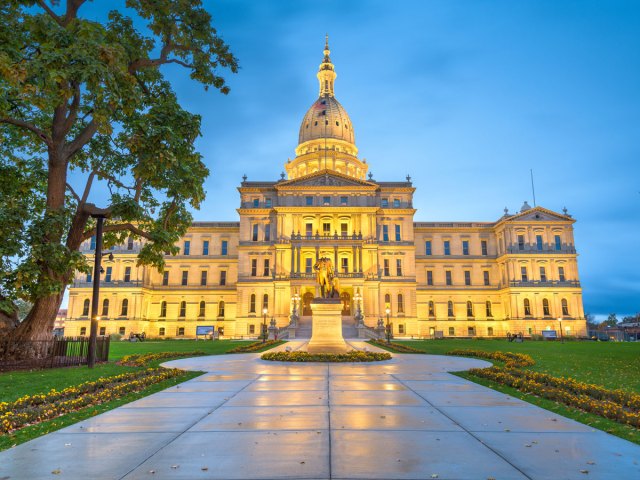
If you were to venture that Detroit was the capital of Michigan, you’d be partially correct — it was the territorial capital from 1805 to 1847. At the time, not only was Detroit the territory’s largest city, but its access to water also made it an important trading hub. However, by the 1830s it became clear that a more centralized capital was needed, and Lansing was chosen for the new site, mostly because the land there was a bargain. In addition to the State Capitol, Lansing’s biggest claim to fame is Michigan State University, home of the Spartans. Lansing has many other reasons to visit, including riverboat tours, historic Old Town, and the Michigan History Museum.
More from our network
Daily Passport is part of Optimism, which publishes content that uplifts, informs, and inspires.






